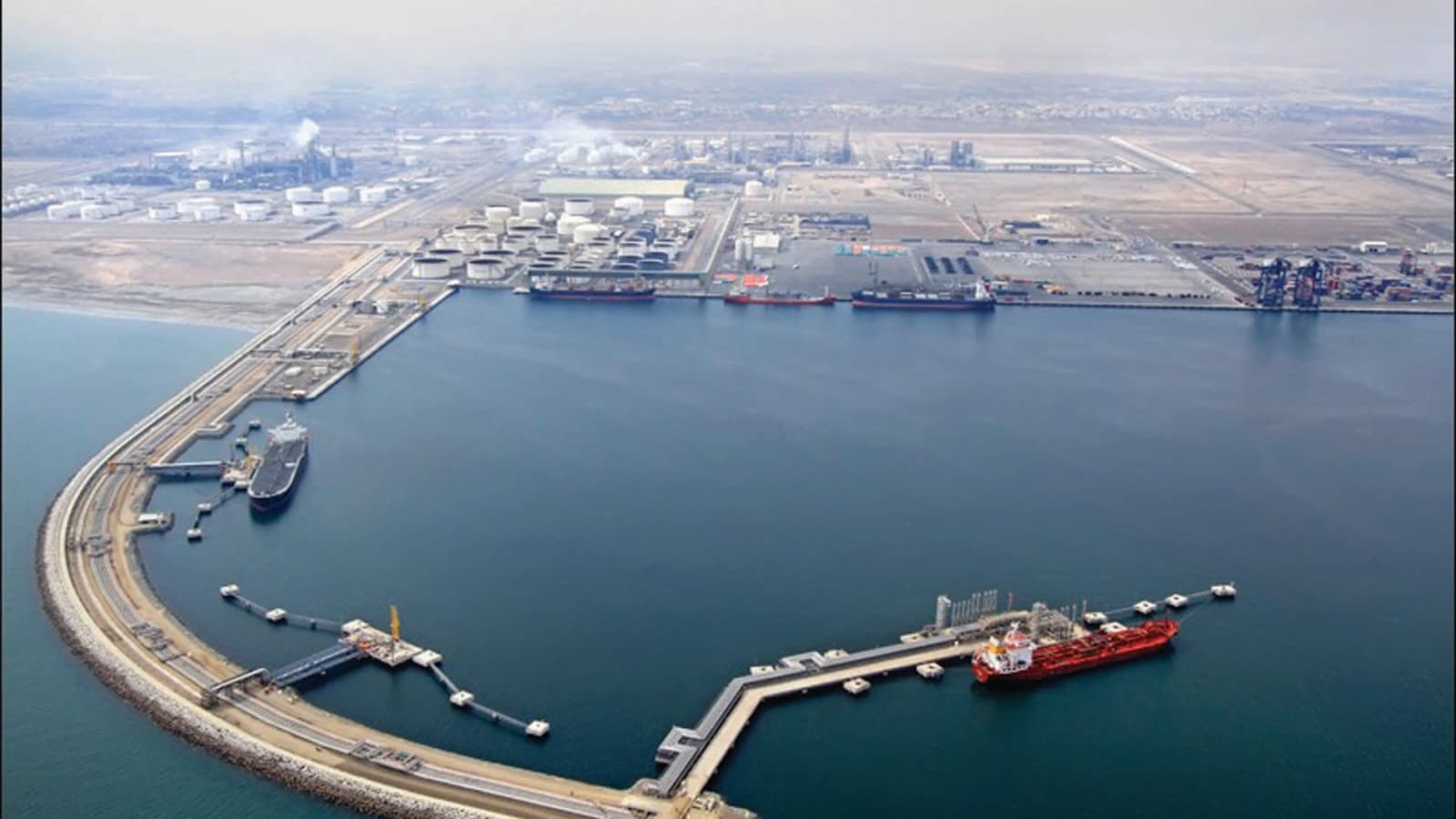Chabahar Port: After years of negotiations and setbacks, the two countries signed a long-term agreement on Monday allowing India to run and manage Chabahar Port, Tehran’s first deepwater port, at the mouth of the Gulf of Oman. The agreement is expected to have a big effect on trade and geopolitics.
Union Shipping Minister Sarbananda Sonowal flew to Tehran on Monday to ink the agreement. Sonowal requested permission to travel abroad from the election commission, which granted it because the current Lok Sabha elections have implemented the model code of conduct.
Just why is the Chabahar Port significant?
At the mouth of the Gulf of Oman, the Chabahar Port provides India with an alternate commercial route to Central Asia and Afghanistan, where Pakistan denies India land access. Southeast Iran’s key port was built with Indian assistance.
Additionally included in the planned International North-South Transport Corridor (INSTC) is Chabahar, a multimodal transportation route that connects the Persian Gulf and Indian Ocean to the Caspian Sea via Iran and then to northern Europe via Saint Petersburg in Russia.
Given its faster approach to Europe, the Chabahar Port is therefore also considered as a doorway to releasing India’s commercial potential with European nations.
Indian Defence Industry Set to Benefit from $138 Billion Ordering Opportunity
Industry projections state that shipments via the INSTC route will take 15 days less than those via the Suez Canal route.
Research and Information System for Developing Countries (RIS) estimates that Indian exposure to the Chabahar project was $500 million overall as of January 2018, including an estimated $85 million in Indian investment.
Why is Chabahar Port significant geopolitically?
The development of Chabahar started in 2002 with India’s participation.
According to Business Standard, one of the main initiatives on the plan for strategic cooperation inked with then-Prime Minister Atal Bihari Vajpayee during Iranian President Syed Mohammad Khatami’s visit to India the next year was Chabahar.
India’s interest in Chabahar sprang from the Indian economy opening up, which forced New Delhi to take into account new trade routes as part of its geopolitical plan.
Two different ports are part of the Chabahar project: Shahid Kalantari and Shahid Beheshti. India is said in be limited in its investment in the port of Shahid Beheshti.
India finds Chabahar appealing because of its strategic location, which lies west of Iran’s border with Pakistan and near the rival port of Gwadar.
Once China began building the Gwadar Port in Pakistan as part of its Belt and Road Initiative, the Chabahar Port became even more important. Pakistan and China agreed to construct the deep-sea port at Gwadar in 2002.
India’s outreach to Iran and Afghanistan significantly includes the Chabahar Port.
Chabahar may be able to assist landlocked Afghanistan in reducing its reliance on Pakistan for access to the Indian Ocean and Iran in managing the fallout from Western sanctions.
Established in 2015, the state-owned India Ports Global Limited (IPGL) is dedicated to the development of ports abroad.
Following a 2016 trilateral agreement between India, Iran, and Afghanistan for the establishment of an international economic corridor with Chabahar as a key transit point, New Delhi accelerated the Shahid Beheshti port development.
First phase of the Shahid Beheshti port was opened in December 2017, and that same year, India sent its first wheat shipment to Afghanistan via Chabahar.
2018 saw IPGL assume some activities at Shahid Beheshti. In 2019 the port saw the first exports from Afghanistan to India.
The IPGL website states four stages to the development of the Shahid Beheshti port. “Port capacity will be 82 million tonnes annually on completion of all four phases,” states IPGL.
Iran announced in December 2019 that the building of a new cruise terminal had raised Shahid Beheshti port’s capacity to 5.8 million tonnes.
Why is the Chabahar long-term deal significant?
IPGL already runs the port in Chabahar named Shahid Beheshti.
However India was running the port under a temporary contract that needed to be extended regularly.
Shippers and investors have avoided Chabahar because of the short-term deal and the geopolitical unrest in Iran.
Indian Army Agniveer tragically loses life to gunshot in Srinagar
The business had been worried about how it could be expected to transfer its long-term supply chain plans through Iran when the government itself lacked a long-term arrangement for the Chabahar Port, according to a government official knowledgeable of the situation who told Business Standard. “Now this should get streamlined,” the official said.
Why was the last deal taking so long?
For a variety of reasons, the long-term deal for the management and operation of Chabahar Port had been blocked for years.
But the person quoted earlier assured Business Standard that most of the terms—including arbitration—that had been contested had now been settled.
India and Iran have been at a standstill in their talks after Tehran insisted on a constitutional amendment to reject an international arbitration system.
India, meantime, was determined that the arbitration provision guarantees openness in the resolution of disputes.
Geopolitics has also hampered port development, with Iran’s tense relations with the US and US sanctions on Tehran being the main obstacles.



